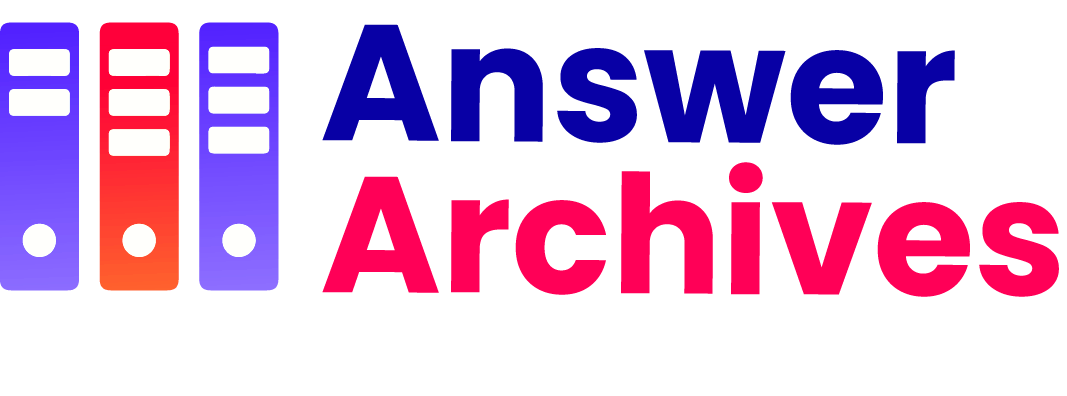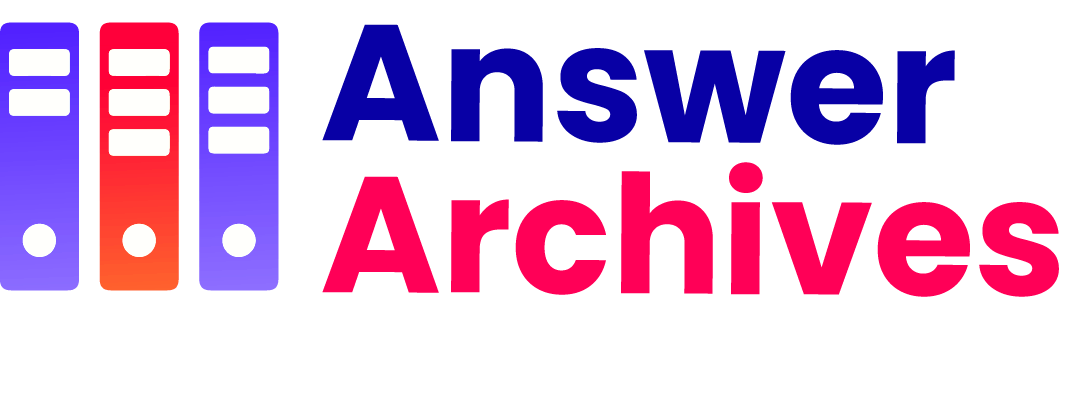Table of Contents
The digital revolution has reshaped numerous facets of our lives, and education is no exception. Virtual education offers a plethora of opportunities that promise to redefine learning paradigms and democratize education in unprecedented ways.
Accessibility for All
One of the most compelling advantages of virtual education is its ability to break down barriers to accessibility. Physical classrooms have inefficiencies and geographical limitations, which can be particularly restrictive in rural or underserved areas. Virtual education platforms enable students from various backgrounds to access quality education without being restricted by location.
Further, virtual education offers flexible schedules, which cater to non-traditional students, such as working adults or parents looking to further their education. This allows them to juggle education and other responsibilities more efficiently. Disabled students also benefit significantly, as virtual environments can be tailored to meet their specific needs, offering everything from screen readers to custom interfaces. Unlike traditional settings, online platforms have the inherent ability to track student progress meticulously, enabling more targeted educational strategies that are tailored to individual learning paces and styles. In essence, virtual education levels the playing field, making quality education accessible to all, irrespective of their physical, economic, or social constraints.
Customizable Learning Experiences
Another salient feature of virtual education is the customization it offers. Unlike the one-size-fits-all approach prevalent in traditional classrooms, virtual learning environments can adapt to the needs of each student. Advanced algorithms and AI-powered analytics offer insights into student performance, helping educators tailor coursework to fit individual needs. This personalization ranges from adjustable learning paces to the incorporation of multimedia resources that cater to different learning styles—be it visual, auditory, or kinesthetic.
Interactive tools such as discussion forums, quizzes, and real-time feedback loops provide a more engaging and dynamic learning experience. Furthermore, gamification elements can be incorporated to make learning more enjoyable and less monotonous. Such a customized approach ensures not just the retention of information but also the practical application of learned concepts, thereby increasing overall educational efficacy. Customizable learning platforms also allow for the seamless integration of social learning, encouraging students to engage, collaborate, and learn from each other’s experiences in virtual settings. This type of environment can adapt in real-time to student needs, delivering a truly bespoke educational experience.
Cost-Effectiveness
Virtual education also brings a considerable reduction in costs for both students and educational institutions. Traditional education models incur expenses related to physical infrastructure—such as classrooms, dormitories, and other campus facilities—that can be exorbitant. On the other hand, virtual education minimizes these overheads substantially. Students save on commuting, accommodation, and even course materials, as digital textbooks and resources are often more affordable. The financial aspects alone make education more accessible to a broader range of people.
For institutions, the financial benefits of virtual classrooms are equally compelling. They can enroll more students without worrying about the limitations of physical space, thereby maximizing their revenue potential. Additionally, costs associated with administrative functions, maintenance, and utilities are significantly reduced. This cost-effectiveness also allows institutions to allocate more resources toward improving the quality of education, such as by investing in better digital platforms, recruiting high-caliber teachers, or developing more comprehensive curriculum modules. By diminishing the financial barriers, virtual education ensures that higher learning can be a realistic goal for many who previously deemed it unattainable.
Fostering Global Perspective and Collaboration
Virtual education provides students with unique opportunities to engage with diverse peers from across the globe, cultivating a broader understanding of different cultures, perspectives, and problem-solving methods. This global exposure is instrumental in preparing students for the interconnected world of the 21st century, where cross-cultural collaboration is the norm rather than the exception.
Through virtual learning platforms, students can participate in international group projects, attend webinars hosted by global experts, and engage in discussions with classmates from various cultural backgrounds. Such interactions foster not only academic growth but also personal development by enhancing social skills, cultural awareness, and emotional intelligence. Virtual education platforms often incorporate tools for language translation and real-time communication, removing language barriers and facilitating smoother interactions. This global collaboration equips students with the ability to work in diverse teams and adapt to various working styles, which is a highly valued skill in today’s job market.
Furthermore, the global perspective nurtured by virtual education goes beyond individual development. It promotes a sense of shared responsibility and global citizenship among learners, encouraging them to think about and contribute to solutions for global challenges such as climate change, social justice, and sustainable development. By broadening their horizons, virtual education prepares students to be both competent professionals and responsible global citizens.
Sustainability and Environmental Impact
In an era where sustainability is of paramount importance, virtual education offers a greener alternative to traditional educational models. The carbon footprint of conventional education systems is substantial, with energy consumption for heating, cooling, and lighting large campuses, as well as the environmental impact of daily commutes and the production of physical textbooks and materials. Virtual education significantly reduces these environmental costs.
With virtual education, there is a marked reduction in paper usage as most resources are available digitally. Additionally, the necessity for physical commuting is eliminated, resulting in lower emissions and a decrease in traffic congestion. Institutions can also maximize energy efficiency by streamlining administrative processes and reducing the need for physical space. This shift not only aligns with global sustainability goals but also instills environmental consciousness in students.
Moreover, by promoting a culture of sustainability within the context of education, virtual platforms can incorporate lessons on environmental stewardship directly into the curriculum. Innovative educational tools can simulate real-world environmental challenges, offer virtual field trips to endangered ecosystems, and provide interactive modules on sustainable living practices. This method not only educates but also empowers students to become proactive advocates for the environment. Thus, by adopting virtual education, we take a significant step towards creating a more sustainable and environmentally friendly world.
In conclusion, the advantages of virtual education are multifaceted and profound. From providing accessibility and customizable learning experiences to being cost-effective, fostering global collaboration, and promoting sustainability, virtual education stands at the forefront of an educational revolution. It represents not just a shift in how education is delivered, but a transformation in the very concept of learning itself.


